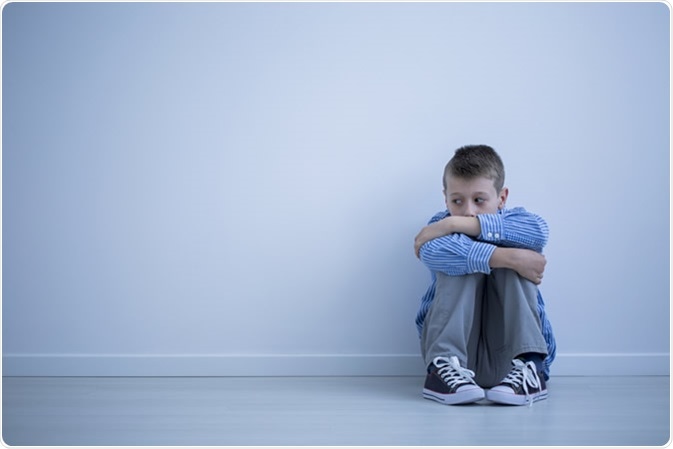Autistic persons often adhere to stereotypical behaviour on daily basis characterised by the need to adhere to a strict schedule or routine in a familiar setting or environment. Examples may include eating from a particular plate on a particular table at a set time each day. Any deviation from such routine and familiarity can lead to increased stress and anxiety.
Unlike daily activities, moving house can be stressful for everyone, irrespective of whether they are autistic or not. Therefore, what is stressful for non-autistic people would certainly be a challenge and problematic for autistic people, especially children and adolescents.
There are many things to consider when deciding to move house, and more importantly when it involves persons with autism.

Image Credit: Photographee.eu / Shutterstock
Before the Move
Preparation far in advance is key to minimise the risk of high levels of stress and anxiety. Having proactive discussions about the house, the location and local services is often a good start.
Be prepared to receive negative comments and attitudes towards the move at the start. However, regular positive reinforcements about the move should change this attitude, albeit with time.
Some key things to discuss would include:
- Reasons for the move – is the house bigger? Is there a larger garden? Is there a good school that can accommodate your child’s needs? Focus on positive reasons.
- Visual aids – showing pictures of the new house, the new bedroom/kitchen and being positive about it.
- Same possessions – although the house will be different, all the possessions (e.g. toys and precious objects) will remain the same and go with them to the new house.
- Visit the new house – some children may benefit from a trip to the new house before moving as to familiarise themselves with it for when they do move.
- Will there be a new school? – this could potentially be problematic if the child has friends at their current school, and may struggle to make new friends. If this is the case, try to get the new school involved directly with the transition to make the change easier for them. It would also allow staff to know about any specific needs.
The idea is to give children plenty of time to get used to the idea that they will be moving house and reinforcing that it will be good for them and everyone, as well as the fact that they will have all of their possessions with them.
During the Move
Some autistic children may be happy to be involved with moving process, which may actually benefit them in terms of stress reduction. Others, however, may want no part with the move itself, and would rather move in once the move has happened and the new house is in order. In such cases, arrangements of staying with family members or other carers may be needed temporarily.
If your child is willing to help out with the move, it may be beneficial if they are involved with packing their own items from their room. This would give them reassurance that their items are not going to be misplaced or lost, and they have control over what they want, or don’t want. Paying particular attention to their items and belongings is important, and would comfort them.
After the Move
Once the move has taken place, it is important to resume normal routine to reaffirm that despite moving house, no change has come to what they are used to. Trying to arrange their new room as closely matched to their previous room may be beneficial to ascertain familiarity.
Monitoring their behaviour for any additional anxiety, or specific changes is key. In such cases, the change of behaviour may not be apparent at first, but may manifest several weeks or even months down the line.
It is important to note that some autistic children may not be affected by such big changes at all, rather subtle or small changes may cause increased anxiety or stress. For example, the fact the new front door is a new colour may cause problems. This is why advanced preparation is essential to gage what kinds of reactions to expect. Furthermore, reactions may not be immediate, but occur weeks or months later.
Autism — what we know (and what we don't know yet) | Wendy Chung
Further Reading
Last Updated: Jun 17, 2023